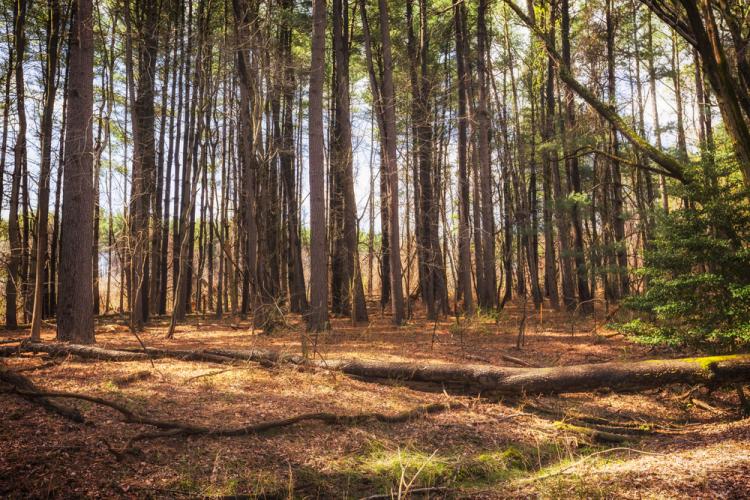What Do I Need To Think About?
Your decision to enroll in a current use program should be well-researched and never rushed. Current use programs require you to follow certain rules and regulations, and these might not necessarily be a good fit for your forest or your goals.
If you’re exploring current use programs and considering if they’re right for you, here are a few questions to keep in mind:
Am I prepared for the requirements to enroll? Getting into a current use program can take considerable preparation and work. You will have to apply to enroll, and you may have to pay an application fee to do so. You may have to include property maps, forest and soil data, deeds, tax statements, and other materials with your application. Many states require you to already have forest management experience and an approved forest management plan in place when you apply.
Am I prepared for the requirements to stay in?Once you’re enrolled, you’ll have to follow your current use program’s rules to stay enrolled and avoid penalties. You cannot develop your enrolled land or otherwise change its use.
Depending on where your land is located, its size and other characteristics, and the stipulations of your current use program, you may not be able to: build structures on the property; farm, graze or mine the property; or offer hunting leases or other paid recreational use. You may be required to follow a specific schedule of forest management activities, including those listed in your forest management plan. You may also be asked to pay a yield tax and other fees when you harvest timber in your woods.
In many municipalities or states, enrolling in a current use program puts a lien on your deed that enables the state to enforce these requirements and collect a penalty if you don’t comply.
Am I prepared for the requirements to get out? Many current use programs require you to stay in the program for a certain number of years. If you withdraw your land from the program before that time is up, you will pay a penalty. That penalty varies—some states will ask you to pay back your property tax savings plus interest, while others demand a percentage of your land’s current fair market value.
Although these penalties can be steep, there are usually exceptions to allow for property transfers within a family resulting from death, divorce, or other extenuating circumstances, or for a sale to an owner who agrees to keep the land in its current use.
What are my long-term goals for my land? The most important thing to think about is your plan for your woods and for yourself. If there’s a chance you’ll need to sell, transfer or develop the land in the near future, it may not be wise to enroll in a current use program. Likewise, if you aren’t sure you can comply with all the rules of your current use program, you may decide against enrolling.
Current use programs ask a great deal of landowners, but they can provide a great deal of benefit too. Take your time to think through your plans and goals, and to consult with your forester or another knowledgeable professional if you have questions, before deciding if a current use program is the right move for you and your woods.
How can I get more tips?
It’s simple! Enter your email below.

